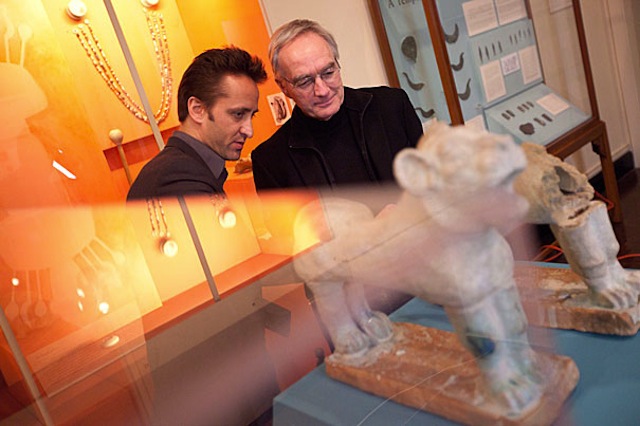The latest member of the league of extraordinary recreations to accompany the dinosaurs and other mythical creatures is one of the lions (believed to be one of four) from a temple dedicated to the goddess Ishtar in the ancient city of Nuzi (in Iraq today). The interesting paradox is that ultra modern techniques, including 3D printing tech, are making it possible to explore the past in ever greater detail.
The project – taking place at Harvard’s Semitic Museum – will involve using ancient fragments of the statue, which are thought to be over 3000 years old, together with a similar whole statue, to produce an accurate replica. The original statue had suffered significant damage due to the inevitable hand of time, not to mention Assyrian invasion. The level of damage can be understood by considering that what the museum initially had in its possession was two pieces of the lion — the front paws and a piece of the back legs — a serious and complicated undertaking for all of the people involved.
The museum’s assistant director Joseph Greene explains the impetus behind all of this: “It’s important to devote our time and attention to objects we have in our collection and to apply the latest techniques, techniques not dreamed of when [the artefacts] were dug up. There’s a continual curiosity: What more can we learn? What hasn’t been tried so far? Can we wring new data from objects that have been in our basement for 80 years?”
By using non-invasive techniques, including overlapping photography and laser scanning, a complete 3D digital image of the statue is being created from a combination of the original fragments and the existing whole statue. This long and pain-staking process will result in a 3D solid model that can subsequently be prepared for 3D printing the missing parts of the statue that will effectively be blended with the original fragments. The results will be curated at the museum on completion.
A similar recreation process could be done to a variety of almost forgotten artefacts hidden in the back rooms of global museums – as long as there is a sufficient amount of imagery of the respective object, it could be brought back to life. Maybe even Venus de Milo will finally get her arms back.
Source: Harvard Gazette



